THE FORMATION OF CROSSMOVEMENT COALITIONS AND THE CHALLENGES TO THEIR ENDURANCE: THE RISE AND FALL OF UNIDAD SOCIAL IN CHILE*
While recent scholarship has increasingly examined social movement coalitions, unanswered questions remain about crossmovement coalitions, which are composed of organizations from various fields. The case study of Unidad Social in Chile enhances our understanding of both the formation and the challenges that crossmovement coalitions face to endure. Unidad Social emerged just months before Chile’s 2019 social uprising, playing a pivotal role in early mobilization efforts before gradually losing influence. Using process tracing and triangulating interviews, press data, and organizational documents, we identify key mechanisms explaining its rise and decline. While coalition brokerage, threat and opportunity attribution, and frame bridging facilitated the creation of Unidad Social and its initial expansion by integrating new SMOs, these mechanisms proved ineffective in sustaining cohesion amid shifting political dynamics. Instead, frame dilution and polarization deepened internal divisions, ultimately leading to the collapse of the coalition. Our mechanism-based approach advances research on the formation and endurance of crossmovement coalitions.
Contributor Notes
* This research was funded by the Agencia Nacional de Investigación y Desarrollo (ANID), Chile, and through the following research grants: Anid Fondap #1523A0005, Fondecyt Regular #1240960, and Núcleo Milenio #NCS2024_019. The authors thank Maddalena Fiore, Catalina Riquelme, and Fernando Soto for their valuable contributions as research assistants. They are also grateful to the editorial team of Mobilization: An International Quarterly and the anonymous reviewers, whose insightful and constructive comments significantly contributed to the development of this article.

